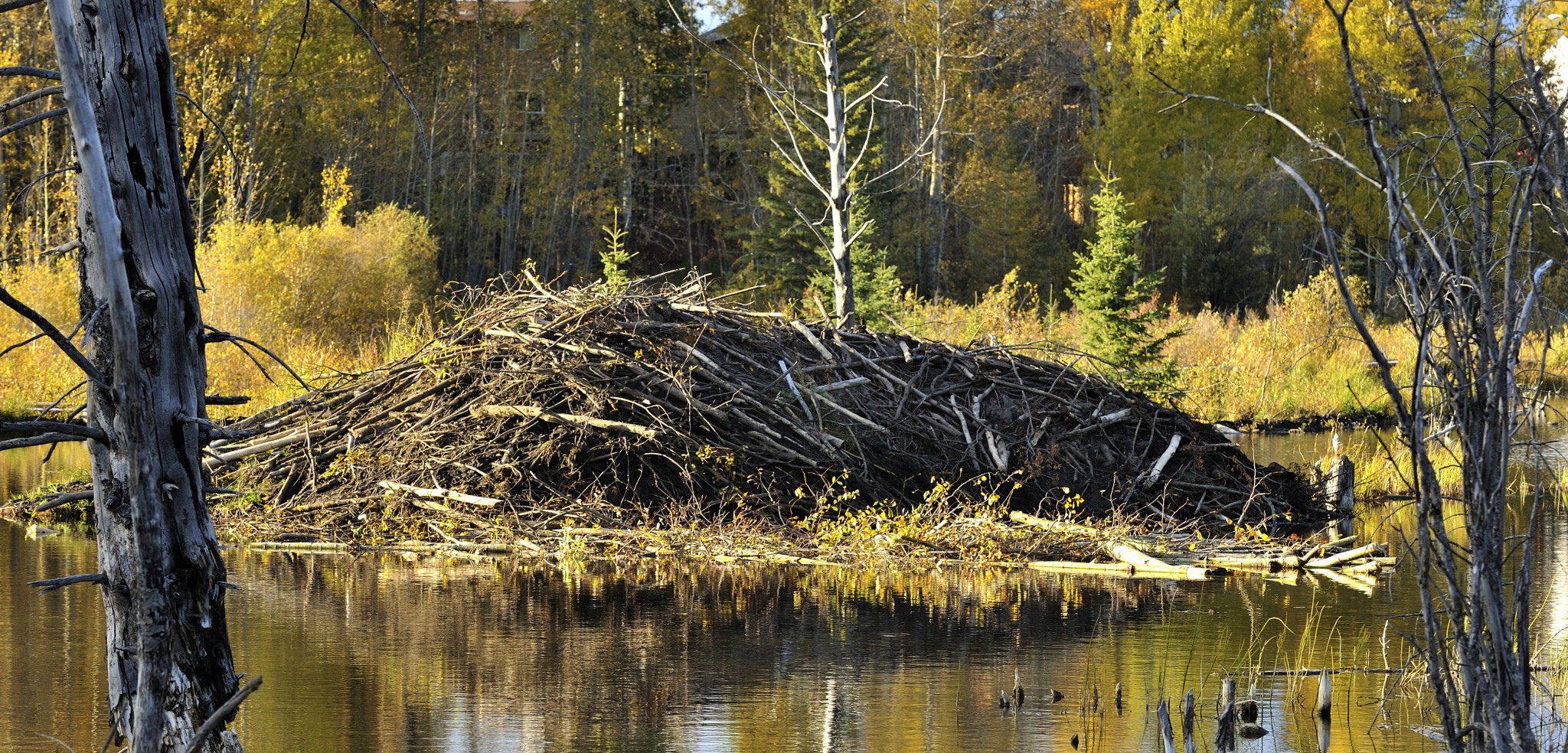Stories from the Seven Seas
Beavers may be busy, but they build to last.
Article body copy
Hakai Magazine is all about the coast, but other outlets sometimes share our fascination. Every week on Strand we round up our favorite coastal stories from around the web.
150-year-old map reveals that beaver dams can last centuries
by David Malakoff for Science
“[I]n 1868, Morgan published his 396-page beaver bible: The American Beaver and His Works. Folded into each copy was a map, carefully drawn by his railroad’s engineers, which detailed the locations of 64 beaver dams and ponds spread over some 125 square kilometers near the community of Ishpeming.
Now, that rare map is giving researchers some new insight into just how busy beavers can be. A new survey shows that many of the dams and ponds that Morgan saw nearly 150 years ago are still there—testament to the resilience of the rodents and their ability to maintain structures over many generations.”
Forget Sydney and San Francisco, Christmas Island crab bridge helps migrating critters beat the traffic
by Angus Sargent for ABC
“‘Sydney can have its Harbour Bridge, and San Francisco its Golden Gate bridge, but it’s our crab bridge which is currently wooing tourists from all over the globe,’ Ms Cash said.
‘The ubiquitous crabs take the most direct route possible from their burrows in the rainforest terraces down to the coast, turning the roads, golf course and beaches into a crimson carpet.’”
These fish posed for pencils, not cameras
by Lauren J. Young for Science Friday
“Tomelleri draws fish for scientific research. His models are specimens that he receives from researchers or that he collects himself. Over the past 30 years, he’s drawn more than 1,200 scientifically accurate illustrations of about 900 species, carefully rendering the edges of their scales, the exact number of fin rays, and even the faint lateral line, or sensory organ, that runs down the sides of all fish. His lifelike artwork has been featured in thousands of publications, he estimates, helping ichthyologists better understand fishes and their changing ecosystems.”
There’s something fishy about that viral image of what dolphins ‘see’
by Rachel Feltman for The Washington Post
“You may have seen the image above because, well, it has been everywhere. And it seems really cool: The folks behind it claim that it shows what a dolphin sees, using echolocation, when a human diver is standing in front of it.
… But the press release circulating with the image didn’t really hold water. Who were these researchers, and where were they from? And why wasn’t there any discussion of the potential nuances of ‘sight’ in the brain? Here’s what I mean by that: It’s not really the eyes (or the ears) that ‘see.’ Our experience of sight is fabricated by the brain. It’s a trippy thought, but the long and short of it in this context is that we can’t really say ‘this is what a dolphin sees’ because we don’t know how their brains turn sensory information into a perception of reality.”
White fossil was ‘Moby Dick’ of the ancient sea
by Jane O’Brien for BBC News
“In Hollywood’s version of the events that inspired the classic novel Moby Dick, a giant sperm whale terrorises the crew of a whaling ship and eventually destroys the vessel.
Based on the true story of the sinking of the Essex in 1820, the film, In the Heart of the Sea, portrays the whale as a merciless monster that pushes its shipwrecked victims to the brink of madness.
Did such a terrifying creature ever exist? Scientists at the Smithsonian Institution say it probably did — but 15 million years ago.”
Building greener ships, to keep the sea from rising
by Henry Fountain for The New York Times
“Pound for pound and mile for mile, shipping is already the most environmentally efficient way to move cargo, and standards to improve efficiency in new ships went into effect earlier this year. Those standards are subject to regular review and could be tightened ‘if the technology supports that,’ a spokeswoman for the United Nations agency said.
Improving a ship’s efficiency means it burns less fuel. And for most ships, fuel represents at least half the operating cost. ‘So there is an enormous economic incentive for shipping companies to try to minimize their operating costs,’ said Christopher L. Koch, who recently retired as the president of the World Shipping Council, which represents so-called liner shipping companies that own and operate container ships and other vessels. ‘And the more you save on fuel, the less CO2 you’re producing.’”
Quest to drill into Earth’s mantle restarts
by Alexandra Witze for Nature
“Jules Verne would have dug this plan: drill into the sea floor, through kilometres of the planet’s rocky crust to penetrate the denser underlying mantle. It is one of geology’s classic quests, conceived almost 60 years ago, at the peak of the plate-tectonics revolution. Since then, many have attempted it and failed. But an expedition starting this month is taking up the challenge once again.”

